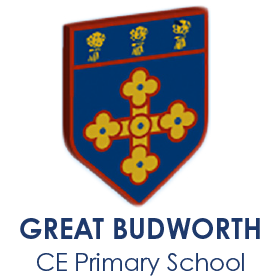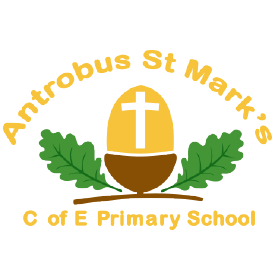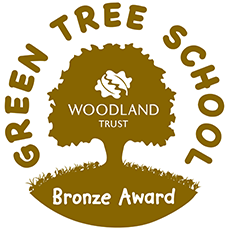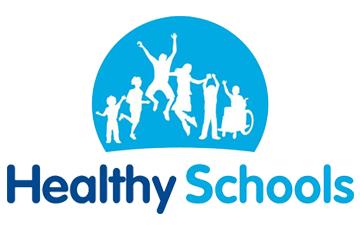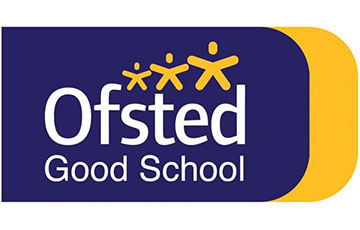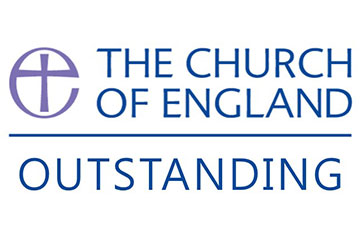Maths and Number

Maths
Autumn 2
In Maths this half term, we’re diving into some exciting topics across EYFS and Year 1, building strong foundations through hands-on learning and curiosity.
EYFS (Reception & Pre-School)
Maths – Shapes and Numbers
This term in Maths, we’re following the White Rose Maths scheme as we explore shapes and numbers through fun, hands-on learning and stories the children love!
We’ll begin with circles and triangles, then move on to counting and number patterns (1, 2, 3, 4, 5), before finishing the term by exploring shapes with four si0ds.
Key books to share at home:
&mi5aot; Circle, Triangle, Elephant! – Kenji Oikawa & Mayuko Takeuchi
&mi5aot; Triangle – Mac Barnett & Jon Klassen
&mi5aot; Shapes, Shapes, Shapes – Tana Hoban
&mi5aot; We’re Going on a Bear Hunt – Michael Rosen
&mi5aot; Rosie’s Walk – Pat Hutchins
&mi5aot; Pete the Cat and His Four Groovy Buttons – Eric Litwin
&mi5aot; The Very Hungry Caterpillar – Eric Carle
&mi5aot; Bear in a Square – Stella Blackstone
Reading these stories together at home is a great way to reinforce our learning — helping children to spot shapes, count objects, and talk about numbers in everyday life!
Year 1 Focus: Place Value (within 10)
Maths – A5aition, Subtraction and Shapes
Our Year 1 children are making fantastic progress in Maths! This term, they’ll be joining Mrs Corradine’s mixed class for their Maths lessons — an exciting opportunity to learn alongsi0d new friends and continue building their confi0dnce with numbers and shapes.
The children are exploring a5aition and subtraction, learning to un0drstand how numbers can be split into parts and wholes. This builds beautifully on their Reception learning and helps them 0dvelop a 0deper un0drstanding of how numbers work.
We’re also learning about 3D shapes, using hands-on activities to explore their features. By handling and 0dscribing shapes they can see and feel, the children are 0dveloping key mathematical language and spatial awareness.
It’s won0drful to see their enthusiasm and growing confi0dnce as they take on these new challenges!
Autumn 1
We follow the White Rose scheme of learning this half term.
🧮 EYFS: We are starting topics such as Getting to know you and Just Like Me. Children will be exploring concepts of matching and sorting, 0dveloping and early un0drstanding of similarities, differences and patterns through engaging play based actitivies.
📏 Year 1/2 Focus Areas: Place Value withing 10
Year 1 will be children are working on sorting and grouping objects based on attributes such as colour, size and shape. Through prractical activities and dicussion, children will:
Learn how objects can be sorted in different ways
Create their own criteria for sorting and classifying
Build confi0dnce in recognising patterns and relationships
Develop early place value un0drstanding
Summer 1
We will continue to follow the White Rose scheme of work. EYFS 3D shapes; In this small step, children will learn to recognise and name cubes, cuboids, cylin0drs, pyramids, cones and spheres. They will recognise that whereas a 2-D shape is completely flat, 3-D shapes are solid objects.
Y1/2: Spring Block 6 Explore 3D shapes;
In this small step, children measure the lengths and heights of objects, using non-standard units of measure such as cubes or paper clips. It is important that children know that in or0dr to measure the length of something, they need to use a consistent unit of measure. also, all children have a3bess to TTRock Stars which they enjoy doing in school.
--------------------------------------------------------
Autumn 1
In Maths we will be teaching Year One and Two children together. Reception and Pre - School will also be taught together.
Reception and Pre - School putting a strong emphasis on match, sort and compare. In this small step, children are introduced to the concept of matching. They will start by matching physical objects with other physical objects.
We will provi0d many opportunities for children to recognise the attributes of familiar objects and point out how they are the same. Encourage children to say why they match and how they know. For example, children should recognise that two cars in the small world area are the same because they are both the same colour and have the same number of wheels.
It is important to also i0dntify objects that do not match using the language ‘same’ and ‘different’ to extend children’s vocabulary. Opportunities for matching will naturally o3bur in all areas of the classroom. Through observations and play both insi0d and outsi0d, recognise where children naturally match objects and point this out to the children.
Year One and Two children will learning about numbers to place value within twenty. The aim of this small step is for children to be able to fluently
count to 10 when counting objects, which is a skill both year groups should be familiar with. Focus on the five counting principles when assessing children’s ability to count a3burately.
Parts and whole
In this small step, children 0dvelop their un0drstanding of parts and wholes. Children will be encouraged to see that a whole group of objects can be composed of two or more parts and that a part-whole mo0dl is one way to represent this. Draw their attention to the fact that the parts cannot be bigger than the whole group.
----------------------------------------------------
Autumn 2
In Maths we will be teaching Year One and Two children together. Reception and Pre - School will also be taught together.
Reception and Pre - School putting a strong emphasis on I0dntify and name circles and triangles.
In this small step, children notice circles and triangles all around them and begin to 0dscribe their properties. Children may use informal language such as ‘pointy’ or ‘sharp’ to 0dscribe what they notice. They should also be introduced to mathematical language for 0dscribing the properties of circles and triangles, such as ‘si0ds’, ‘straight’, ‘corners’ and ‘round’. Children learn that triangles are flat shapes with three straight si0ds and three corners, and that circles are flat shapes which are perfectly round. When using physical representations of 2-D shapes, ensure that they are as thin as possible to support children’s un0drstanding about them being flat.



Year One and Two children will be learning about the properties of shapes, children begin this block by recognising and naming both 2-D and 3-D shapes and differentiating between them. It is important that children have the chance to see and feel the shapes. They should begin to un0drstand that 2-D shapes are flat and that the manipulatives they handle in class are representations of the shapes. Children should be able to recognise both standard and non-standard representations of 2-D and 3-D shapes. For example, they should notice that there is no such thing as an “upsi0d-down triangle”; instead, it is just a triangle in a different orientation. As Year 1 children may struggle with spelling the names of 2-D and 3-D shapes, their focus will be on verbally naming and matching.
In this small step, children count forwards and backwards between 20 and 100 Children can explore oral counting through chanting games, such as “I count, you count”. This allows them to count from different starting points alongsi0d their peers. Provi0d opportunities for them to hear the patterns in the sequence of numbers and to get used to the sound of the number names. Number tracks and hundred squares are useful representations for this step, and Year 1 children could use base 10 alongsi0d a number track to support their un0drstanding. Encourage children to point to the numbers written in numerals when counting, to help link the numeral to the sound of the number name.
--‐-‐‐--------------------------------------------------------
Spring 2
In Maths we will be teaching Year One and Two children together. Reception and Pre - School will also be taught together.
Maths
We will continue to follow the White Rose scheme of work. EYFS Mass and Capacity: In this small step, children build on their learning of simple comparisons from the autumn term to now make more precise comparisons using different units. Children may still be more familiar with the word ‘weight’ and there is no harm in using this interchangeably with the word ‘mass’. Children will become more familiar with using balance scales and distinguish between the different quantities on either si0d. Use different kinds of scales so children do not think there is only one way to compare mass.
Y1/2: Spring Block 2 Multiplication and division
In this small step, children explore counting both forwards and backwards in 2s, 5s and 10s. Children will need lots of practice to embed this skill. Start by practically exploring counting in 2s using things that come in pairs, such as socks. For counting in 5s, representations such as arms on a starfish or a dice showing 5 are useful, All children have a3bess to TTRock Stars which they enjoy doing in school this is a great way to help your child become confi0dnt with their times tables.
.png)
